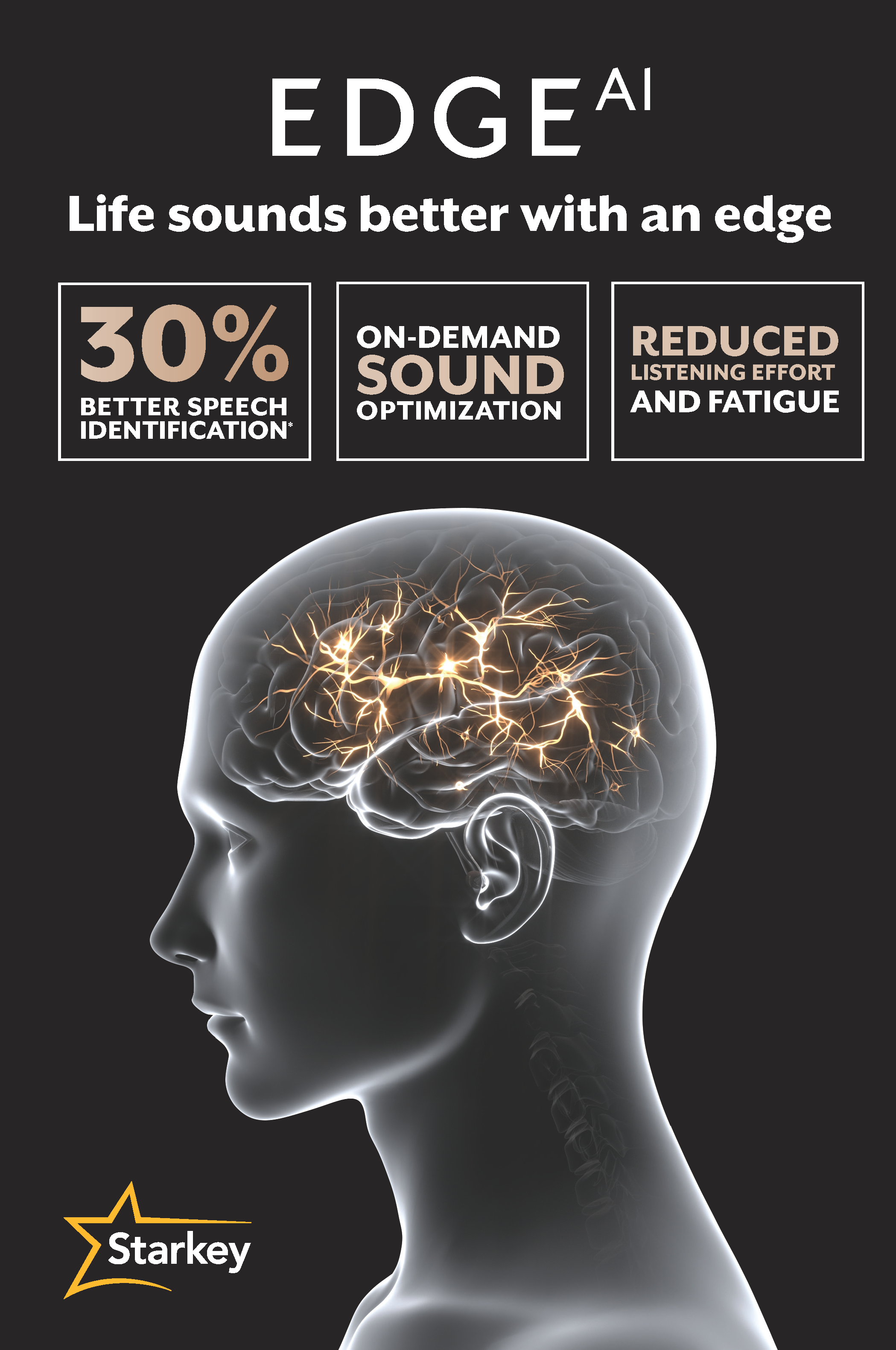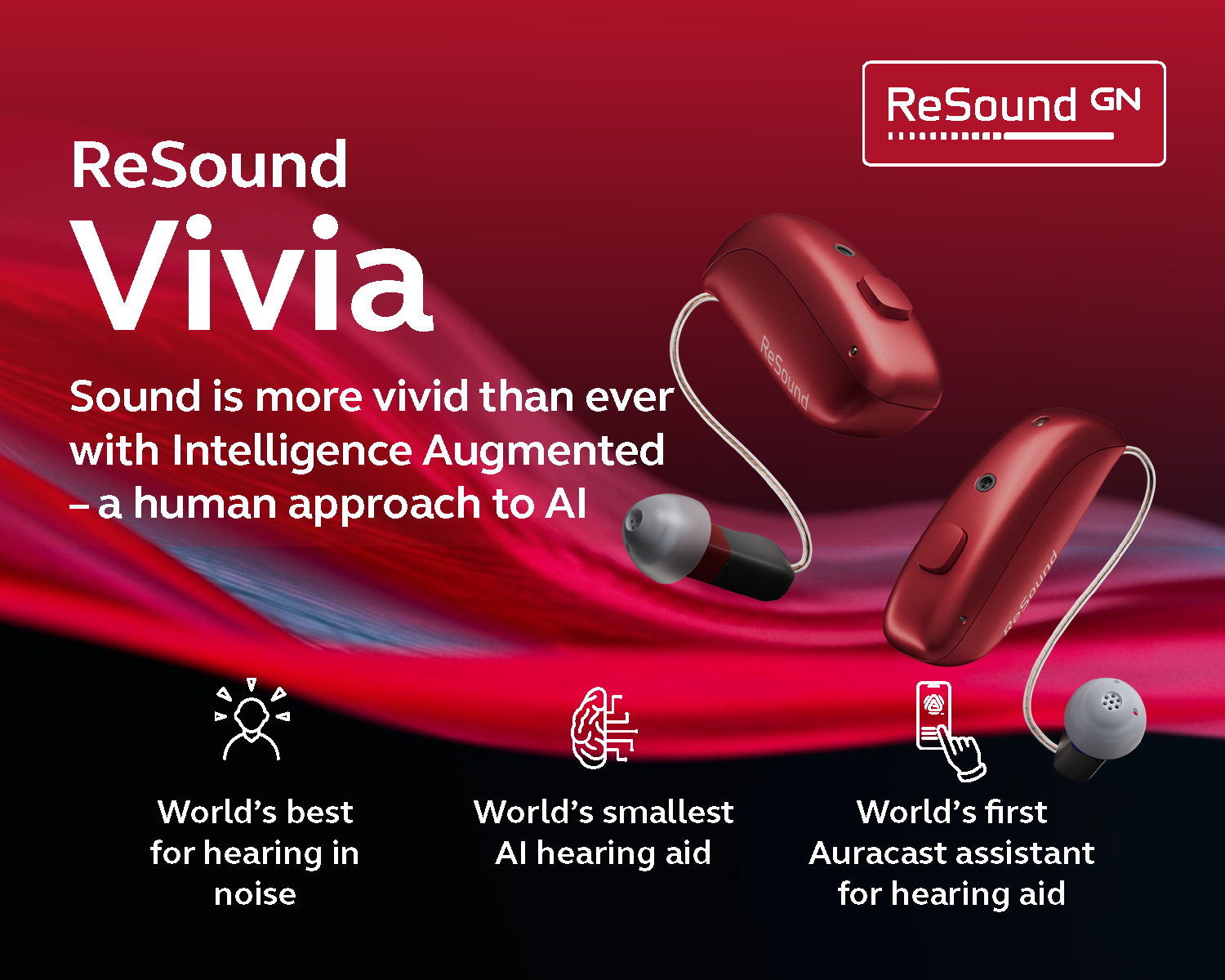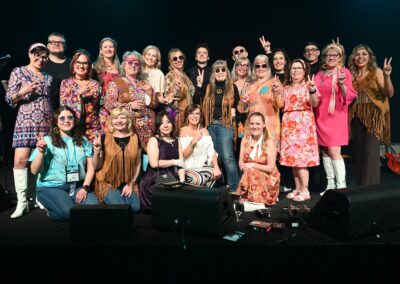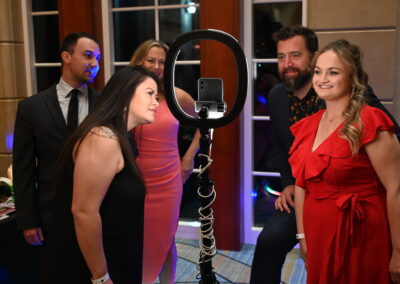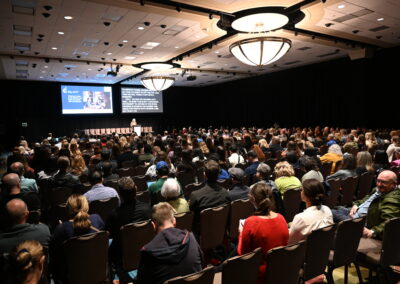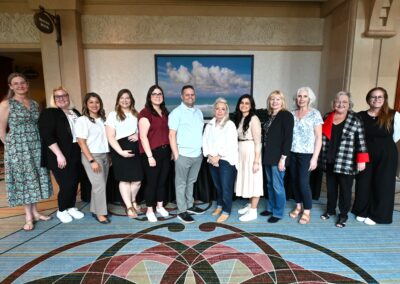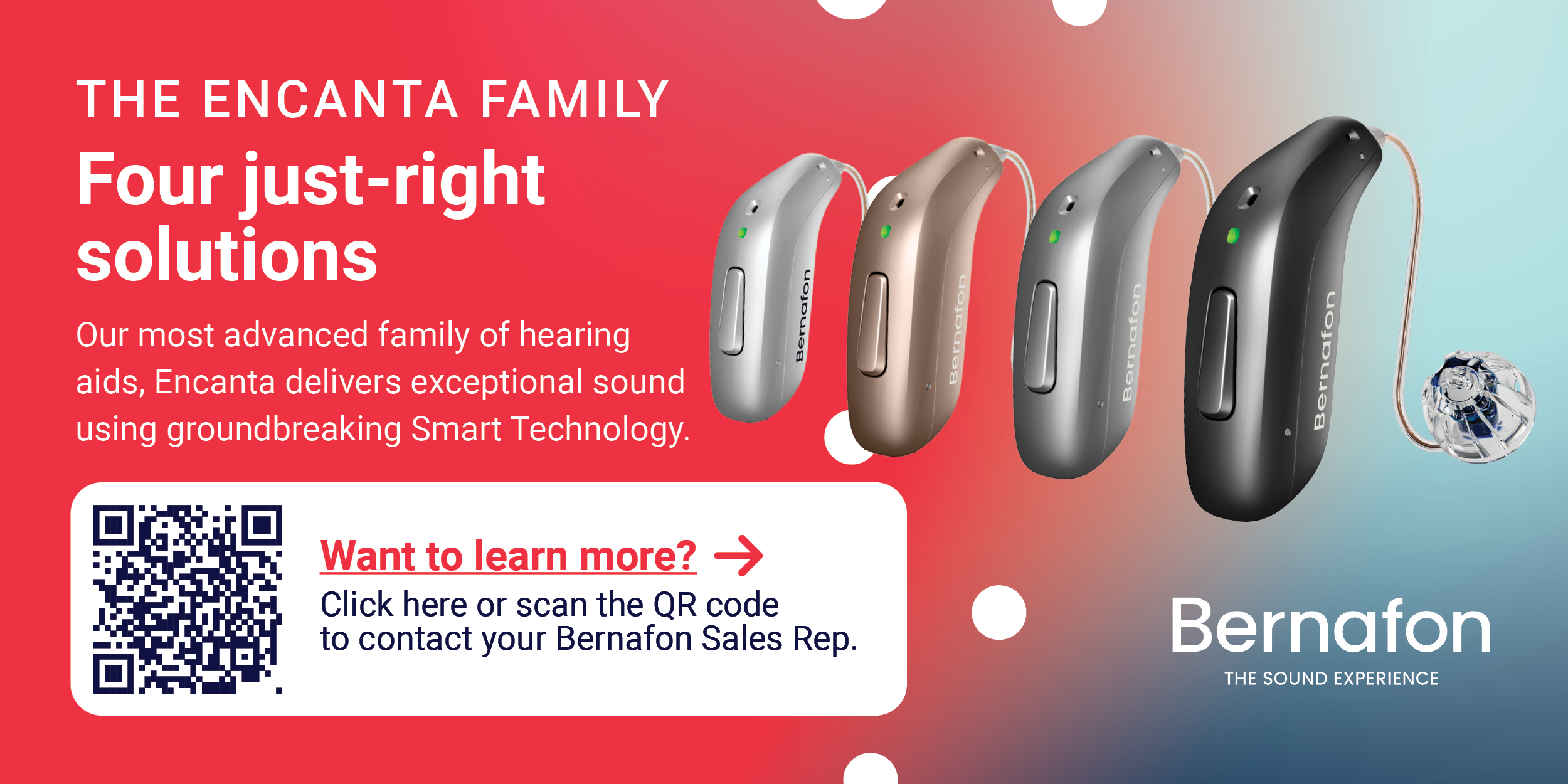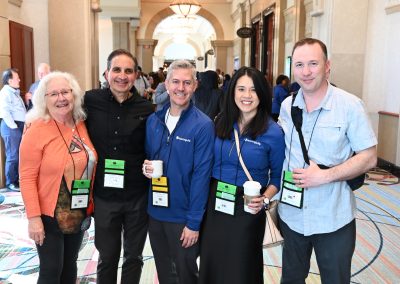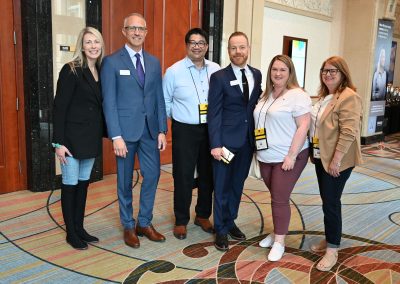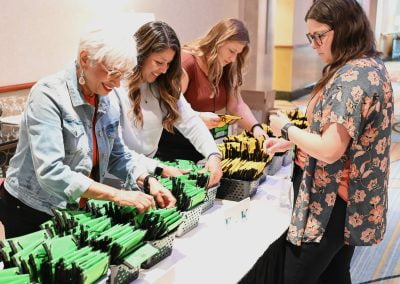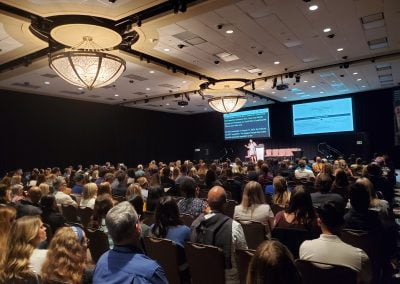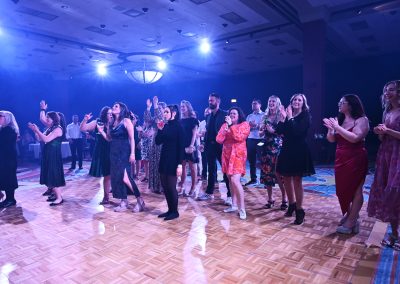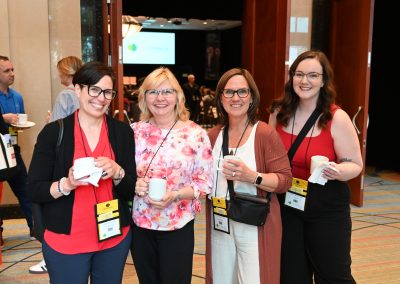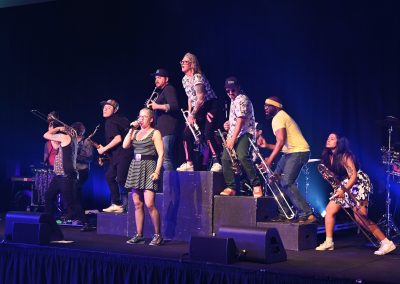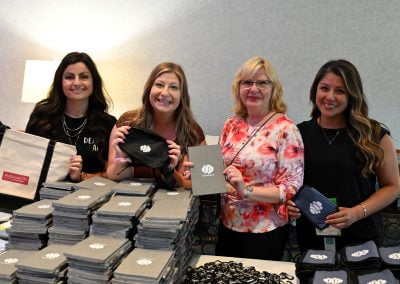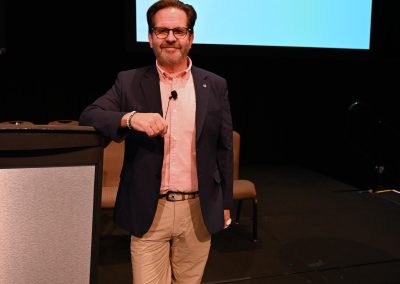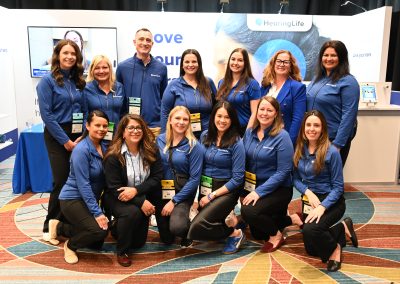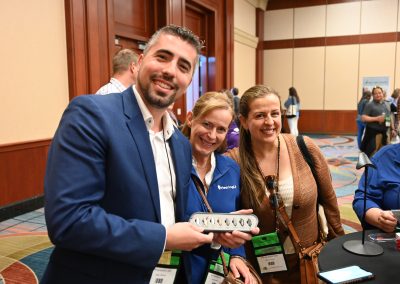The Association of Hearing Instrument Practitioners of Ontario
2025 Symposium
2026 date coming soon!
Thank You for Joining Us at the 2025 AHIP Symposium!
To our valued members and all who attended the 2025 AHIP Symposium — thank you!
Your presence, insights, and engagement helped make this year’s event a truly meaningful gathering. Whether you joined us for thought-provoking sessions, networking opportunities, or to connect with industry leaders, we’re grateful for your participation and support.
We’re excited to share highlights from the event! You can view the pictures here.

Speakers and Seminars
May 7 to May 9, 2025
Wednesday May 7, 1:00 – 1:45pm
Artificial Intelligence for Better Hearing in Noise
Jenn Schumacher, AuD
One of the newer technology updates in our field has been the integration of artificial intelligence (AI) into hearing aids. One application of AI, called a deep neural network (DNN), has been particularly useful in reducing noise from complex, multi-source audio signals, and is now being successfully applied in noise reduction algorithms. This presentation will provide a short introduction to AI and DNN, how they are designed and implemented in hearing aids, and the benefits from their use.

About Jenn Schumacher, AuD
Jenn Schumacher, AuD is an audiologist and manager of medical communications with over a decade of experience in the hearing aid industry. Jenn joined GN Hearing in 2014. Her current focus is on creating communications related to hearing aids and audiology for current and potential hearing aid users, hearing care professionals, and physicians. She has prior experience in conducting hearing aid research and clinical trials, in fitting software development and with diagnostic audiology and hearing aid fittings in hospital clinics. Jenn received both her BA in Linguistics and her AuD at Ohio State University.
Sponsored by
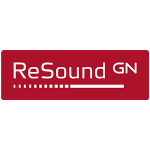
_______________________________________________________________________________________________________________________________________________________________________________________________
Wednesday May 7, 2:00 – 2:45pm
Beyond the Audiogram: Revolutionizing Hearing Aid Fittings with the Audible Contrast Threshold (ACT) Test
Janna Brubacher, AuD
The number one concern reported by people with hearing loss is hearing conversations in noisy environments, even with hearing aids. However, there can be barriers to performing speech in noise tests, and there is a limit to their ecological validity. The Audible Contrast Threshold test, also known as ACT, is a revolutionary way to take hearing aid fitting beyond the audiogram; a fast method to accurately quantify a person’s real-world ability to hear in noise with the use of a language-independent signal. The ACT value supports the prescription of advanced adaptive features in hearing aids, providing the patient with an optimal first fitting.
Learning Outcome(s):
Identify the benefits of ACT
Prepare for and complete the ACT test
Interpret ACT value and describe the benefits

About Janna Brubacher, AuD
Janna Brubacher is the Audiology Manager, Education and Training, for Diatec Canada, the leading provider of audiology equipment and supplies. She specializes in Diatec’s vestibular and evoked potentials equipment portfolio. Prior to joining Diatec Canada, Janna worked for Oticon Medical as clinical support for their BAHS solutions and before that worked clinically in private practice. She graduated with honours from Western University with a Master of Clinical Science in Audiology and recently completed her Doctor of Audiology at A.T. Still University.
Sponsored by
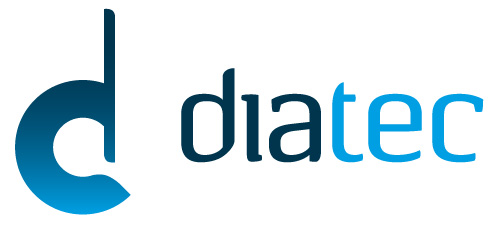
_______________________________________________________________________________________________________________________________________________________________________________________________
Wednesday May 7, 3:15 – 3:45 pm
Mobile Hearing Care to Support an Aging Population
Allison Young, PhD, M.Aud
This presentation will analyse the changing environment of clients utilizing mobile and at-home hearing care services with an emphasis on removing barriers to service provision, providing greater coverage of the population, convenience versus need, and remote community outreach.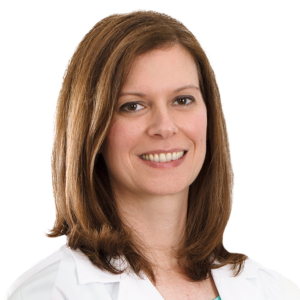
About Allison Young, PhD, M.Aud
Allison is a Registered Audiologist and Hearing Instrument Practitioner in British Columbia, with a master’s degree and PhD in Audiology. While her formative years were spent in Edmonton, Alberta, she completed her higher degrees in Sydney Australia. Here she continued to work at the Royal Prince Alfred Hospital and University of Sydney for 12 years as a Clinician and Research Audiologist, with a focus on vestibular and balance disorders. Through teaching, scientific publication and working with post-surgery and stroke patients, she has become an expert in best clinical practice and age-care considerations for hearing health. For the last 3 years she has brought a wealth of experience to her role as Director of Professional Practice at Ears To You, and is now dedicated to ensuring Ears To You is an industry leader in client care, service delivery, and inclusivity in all the communities it serves.
Sponsored by

_______________________________________________________________________________________________________________________________________________________________________________________________
Wednesday May 7, 4:00 – 5:00pm
How Hearing Aids Improve Listening: Insights From The Brain
Jonathan Vaisberg, PhD., Reg. CASLPO
Listening effort is frequently described as an important outcome for measuring hearing performance, despite little consensus on the best ways to measure it. This presentation will review recent research at Sonova exploring the relationship between speech understanding, listening effort and brain activation using an emerging neurophysiological technique called functional near infrared spectroscopy, or fNIRS for short.

About Jonathan Vaisberg, PhD., Reg. CASLPO
Jonathan Vaisberg, Ph.D., Reg. CASLPO, is a Research Scientist at Sonova’s Innovation Centre Toronto, where he leads clinical research from concept exploration to product validation and post-market studies. His doctoral work, focused on optimizing hearing aid signal processing for music listening, sparked his interest to develop innovative hearing solutions with high-impact outcomes. A licensed audiologist, Jonathan earned his B.Sc. from McMaster University (Hamilton, ON, Canada) and completed a concurrent M.Cl.Sc./Ph.D. in audiology and hearing science at Western University’s National Centre for Audiology (London, ON, Canada).
Sponsored by
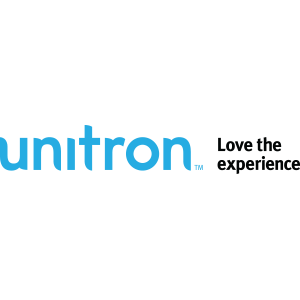
_______________________________________________________________________________________________________________________________________________________________________________________________
Wednesday May 7, 5:15-6:15pm
Taking Hearing Care Professionalism into the Future
Thomas J. Aleo, BC-HIS
This presentation centers around taking our industry to a higher level of professionalism and respect.
This talk includes a brief history of audiology, and how audiologists and Hearing Instrument Specialists (HIS) came into existence.
We will also discuss, we control our future by changing the narrative of how we are perceived in the medical community and by our patients realizing we are identified by how we dress, what we say, how we say it and our physical mannerisms.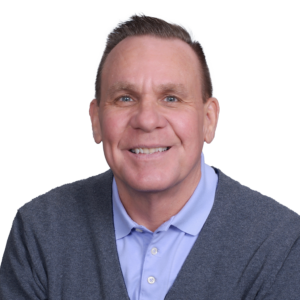
About Thomas J. Aleo, BC-HIS
Thomas J. Aleo has been dedicated to helping people hear better for over 33 years. He received his first hearing aid dispensing license in the State of California in 1991 and is nationally board certified. Thomas is licensed to practice in New York and New Jersey and owns hearing aid practices in Poughkeepsie, New York, which he opened in 2010, and Hopewell Junction, New York, which he opened in 2015. For the past five years, he has had the honor of speaking at hearing symposiums across North America, from Nova Scotia to British Columbia, and from Washington to New York.
Sponsored by

_______________________________________________________________________________________________________________________________________________________________________________________________
Thursday May 8, 9:00-10:00am
The Baby Boomer Transition: How Today’s Patients are Changing and How Practices Can Win in 2025
Oli Luke
The North American hearing care industry is fiercely competitive. Patients can choose from a range of options—Costco, large chains, independent clinics, and even over-the-counter and direct-to-consumer models.
In this presentation, Oli Luke will reveal 8 strategies that practices are using to build a local reputation, attract more patients, and increase market share. He’ll also uncover the hidden dynamics behind the baby boomer transition.
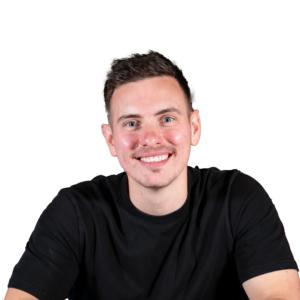
About Oli Luke
Oli Luke is a marketing strategist behind some of the most successful private practice hearing care clinics in North America.
After building a digital marketing group and a direct mail company in the UK, Oli met the hearing care industry in 2017. With a small group of clinics across Texas, he implemented several unique industry-first ideas which delivered record results for driving upgrades and online growth (which have seen become industry norms.).
Following demand for further help and ideas, he founded private consultancy group Orange & Gray alongside to partner with a small number of high-performing private practices to help them to accelerate growth, set benchmarks of excellence, and spearhead the future of private practice.
In 2021, he launched the Business of Hearing Podcast which has become the #1 marketing podcast in the industry
Sponsored by

_______________________________________________________________________________________________________________________________________________________________________________________________
Thursday May 8, 10:10-10:55am
Battling the Beast: Speech Understanding in Noise
Monika Nazair, M.Sc.S., Reg. CASLPO
Battling the beast: speech understanding in noise” will focus on how to help manage speech understanding difficulties in noise for hearing aid wearers. We will start by defining the problem, then discussing various technologies as well as hearing aid features available to hearing healthcare providers. We will conclude by emphasizing the importance of being mindful of the fact that not all studies on this topic are created equal, and we will be sharing advice on how to evaluate the methodology with a critical eye.
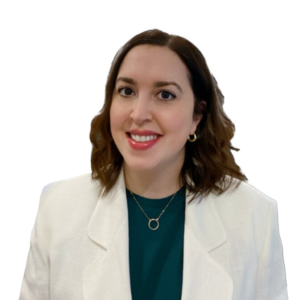
About Monika Nazair, M.Sc.S., Reg. CASLPO
Monika obtained her Master’s degree in Audiology from the University of Ottawa in 2010, and worked in various clinical settings before joining Sonova Canada in 2016. Her current role within the organization is Audiology Support and Specialty Training Manager, and she especially enjoys facilitating Roger and Lyric training sessions. She is passionate about working with hearing technology that enables those living with hearing loss to stay active and engaged in the activities that bring them joy and fulfillment.
Sponsored by
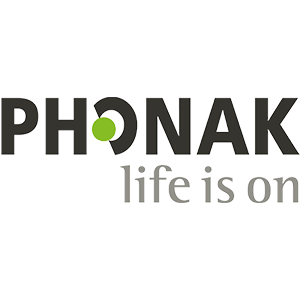
_______________________________________________________________________________________________________________________________________________________________________________________________
Thursday May 8, 11:15-12:15pm
Top 5 Things You Need to Know About BrainHearingTM and Cognitive Health – How Better Hearing Supports a Healthier Brain Lisa Hiller, AuD
In Top 5 Things You Need to Know About BrainHearing™ and Cognitive Health – How Better Hearing Supports a Healthier Brain, we’ll break down the latest findings between hearing loss and cognitive health and help you navigate the literature to understand how this research can impact your practice.

About Lisa Hiller, AuD
Lisa Hiller is an experienced audiologist and the Audiology Training Manager at Oticon Canada. In her role, Lisa delivers comprehensive product training and support to hearing care professionals nationwide, helping them integrate Oticon’s advanced technologies into clinical practice.
She earned her Clinical Master’s in Audiology from Western University and later completed her Doctor of Audiology (Au.D.) at Salus University. Before joining Oticon Canada, Lisa gained valuable experience in private practice, working with both children and adults to improve their hearing and quality of life.
Lisa’s clinical knowledge and commitment to education allow her to bridge the gap between audiological research and practical application, empowering professionals to deliver exceptional hearing care.
Sponsored by
![]()
_______________________________________________________________________________________________________________________________________________________________________________________________
Thursday May 8, 1:30-2:30pm
A Step Ahead: How HIS Professionals Can Support Patients in Reducing Fall Risks
Victoria McLeod, M.Cl.Sc.
Falls are one of the most significant risks facing older adults, with serious consequences for health, independence, and quality of life. As a trusted hearing healthcare provider, you have a unique opportunity to address this critical issue with your patients.
In this 60-minute presentation, we’ll explore the prevalence of falls among your patient population and how modern hearing aids equipped with fall detection and balance assessment tools can help mitigate these risks. You’ll learn how to:
Communicate the widespread risks of falls in an impactful, patient-centered way.
Educate patients about the advanced fall detection and balance features in hearing aids.
Collaborate with other healthcare providers to ensure your patients receive comprehensive care.
Stay within your professional scope while playing a pivotal role in improving patient safety.
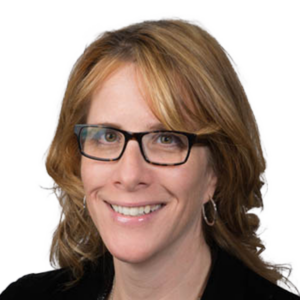
About Victoria McLeod, M.Cl.Sc.
Victoria has 30 years of experience in the industry, both clinically and with manufacturers. She joined the Starkey Canada team in May 2022 as Manager of Training, Education, and Instructional Design, where she leads a team of trainers in supporting customers’ training and educational needs. Victoria is passionate about creating engaging and effective training support for learners.
Victoria holds a bachelor’s degree in Communication Disorders from Minot State University and a master’s degree in audiology from Western University. She is dedicated to helping customers and patients receive the best possible care and support.
Sponsored by
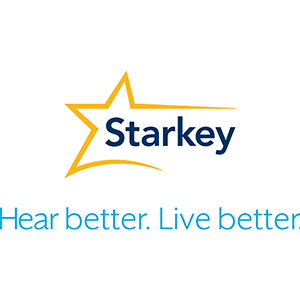
_______________________________________________________________________________________________________________________________________________________________________________________________
Friday May 9, 1:30-2:30pm
Dizziness and Vertigo for the HIP
Erica Zaia, M.Sc. Reg. Audiologist
Dizziness, vertigo and balance concerns are among the most common associated symptoms to hearing loss. These symptoms often have a significant negative impact on quality of life, affecting people on personal, professional and social levels. For many of the HIP`s clients, the relationship between hearing loss and dizziness symptoms may be obscure. In the hearing clinic, the HIP has the opportunity to identify this client and effectively help them in addressing these concerns. The objectives of this talk are for the HIP to:
- Incorporate meaningful questions in the interview to help them screen for dizziness, vertigo and balance disorders
- Determine when and where to refer individuals dealing with such issues
- Utilize resources already available in Canada for specific vestibular conditions, providing the client with vestibular education and actionable steps to address their concerns.
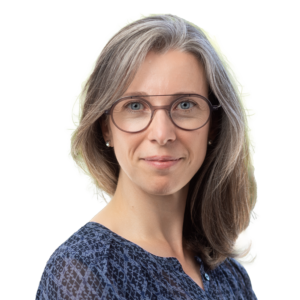
About Erica Zaia, M.Sc. Reg. Audiologist
Erica Zaia, MSc, is a registered audiologist with 30 years of experience in Vestibular Assessment and Management. She is the owner of the Audio-Vestibular Clinic in Vancouver, where she performs vestibular assessments and rehabilitation. She is also a mentor to professionals pursuing certification in Vestibular Assessment and Management. She’s worked at St. Paul’s Hospital, in Vancouver, BC, at the Royal National Throat, Nose and Ear Hospital in England and in several public and private clinics in Brazil. She has served on the Board of the Canadian Academy of Audiology and is part of the Vestibular Special Interest Group. She has volunteered and taught courses for SAC – Speech-Language and Audiology Canada. She is Clinical Assistant Professor at the School of Audiology and Speech Sciences at UBC and President of Balance and Dizziness Canada.
Sponsored by

More From Our Sponsors
